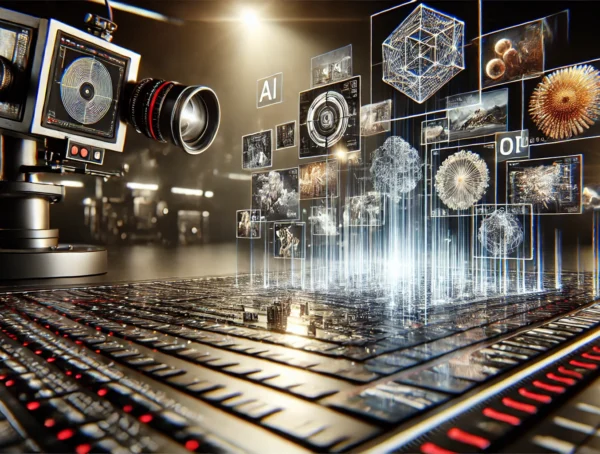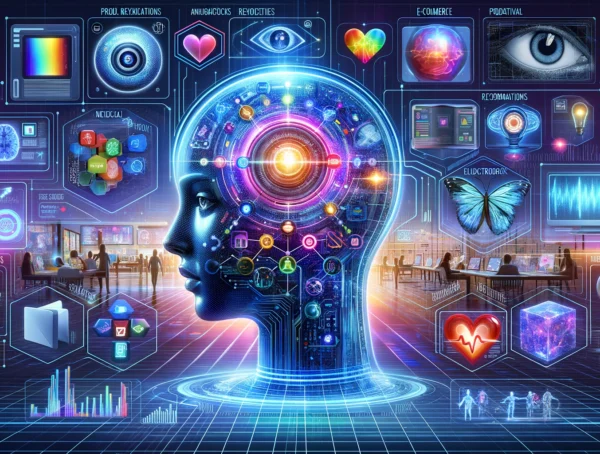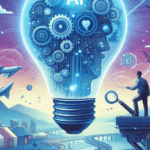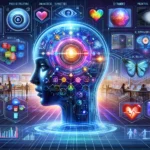In 2022, generative AI exploded into the mainstream with viral models like DALL-E 2 for images, Claude chatbot, and Stable Diffusion for art. Learn about rapid growth.
Generative AI has gone from obscurity to dominating tech headlines in just one year. Thanks to a perfect storm of accessible apps, viral media hype, and ever-more powerful AI models, what was once only in the domain of research labs is now captivating the public imagination.
The seeds of this Cambrian explosion were planted many years ago. The quest to mimic human creativity with machines has been ongoing since the earliest days of neural networks in the 1950s. But it wasn’t until recent years that enabling technologies like increasing computer power, vast datasets, and novel neural architectures converged to make it possible.
The Generative AI Revolution Begins
In 2016, DeepMind wowed the AI world with WaveNet, an AI system that could generate shockingly realistic synthetic voices and music. In 2018, OpenAI unveiled the first version of GPT, kicking off their groundbreaking series of increasingly capable text generation models. GPT-2 in 2019 showed the technology’s double-edged potential for abuse through disinformation even as it displayed the ability to write surprisingly coherent fiction.
After GPT-2 came GPT-3 in 2020, built on over 175 billion parameters compared to its predecessor’s paltry 1.5 billion. GPT-3 achieved impressively human-like writing on various topics, presaging the commercial potential of natural language models.
That same year, Nvidia’s CLIP system connected images and text to enable search by natural language. This set the stage for a generative breakthrough in 2021: OpenAI’s DALL-E model that could create original images from text captions of far higher quality than ever.
Generative AI Goes Viral
DALL-E showcased the emerging creative potential of AI, but its limited access frustrated the public. All that changed in January 2022 when OpenAI introduced DALL-E 2 with better resolutions and allowed free access to select beta testers. Suddenly everyone was sharing their whimsical AI art creations on social media, captivating popular imagination.
Seeing public excitement over DALL-E 2, Anthropic introduced their conversational Claude AI chatbot in April 2022. Claude wowed many with its common-sense knowledge and natural language capabilities surpassing GPT-3. Meanwhile, Google jumped into the fray with Imagen, their take on text-to-image generation.
Then in August 2022, Stability AI removed all barriers by open-sourcing Stable Diffusion, an AI system capable of generating images rivaling DALL-E 2. Within weeks, easy-to-use apps like DreamStudio and Automatic1111 made state-of-the-art AI art accessible to complete novices.
Generative AI Today
In a year, generative AI has gone from isolated research projects to a creative force embraced by significant tech firms, startups, and hobbyists alike. Models like DALL-E 2 and Stable Diffusion point to a future where realistic synthetic media is commonplace, for better or worse—meanwhile, Claude and its kin glimpse more natural human-machine interaction through language.
Progress has been rapid, but glaring flaws remain. Generated images remain imperfect, with distorted faces and objects. Conversational AI still lacks robust common sense and reasoning ability compared to humans. And risks around bias, toxic content, and misinformation continue to plague them all. Generative AI’s full societal impacts remain uncertain.
But the genie is out of the bottle. Generative models will only grow more advanced and accessible from here. In 2022, the public got their first taste of creativity on demand. How that appetite will be sated in 2023 and beyond remains to be seen.
Rapid Evolution and Retrospective
The Rapid Evolution of AI Art, Media, and Bots: A 2022 Generative AI Retrospective
This review heading aims to compactly encapsulate the key themes and topics covered in the article. It touches on the core subjects of:
- AI Art – Referencing explosive generative models like DALL-E 2 and Stable Diffusion
- Media – Alluding to synthetic image, video, audio, and other media enabled by generative AI
- Bots – Nodding to advances in conversational AI like Claude’s chatbot
- Rapid Evolution – Conveying the fast pace of change and growth in 2022
- Retrospective – Framing the article as a look back on the milestone year for the field
You might also like
More from Blog
Artificial Intelligence: Introducing Its Basic in a Nutshell
What is artificial intelligence?A primer on AI, its definition, and its significance.Artificial intelligence (AI) is a branch of computer science …
Skyrocket Affiliate Outreach With AI – Scale Your Biz Now
As the digital landscape evolves, businesses must adapt to remain competitive and foster growth. One aspect that is seeing significant …
AI Discovery Journey: Exploring The World of Artificial Intelligence
Introduction to Generative AIArtificial Intelligence has rapidly transformed from science fiction to a central part of our technological reality. Among …
AI Image Generation: The Ultimate Guide to Creating Stunning AI Art [2024]
AI image generation has revolutionized how we create visual content. In this comprehensive guide, we'll explore Envato's AI ImageGen tool, …
Discover GPT-40 Vision: The Future of AI Innovation
Artificial intelligence is evolving rapidly. OpenAI's latest innovation, GPT-40 Vision, aims to revolutionize our interaction with technology. This AI model …
WebCrawlerGPT: Overview of Key Capabilities for WebCrawling.
WebCrawlerGPT is an advanced AI model that helps users build web crawlers in Python. It offers deep insights into web …































